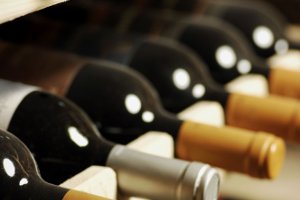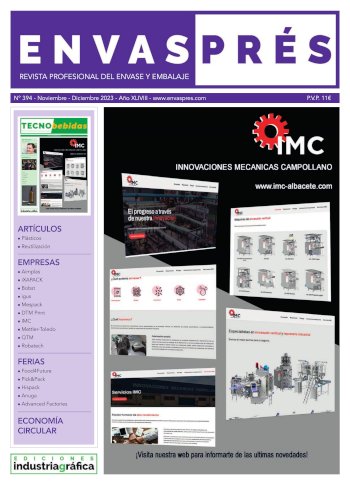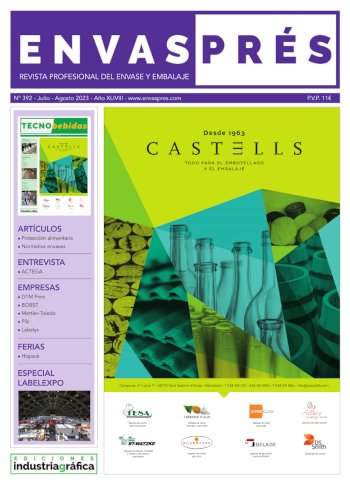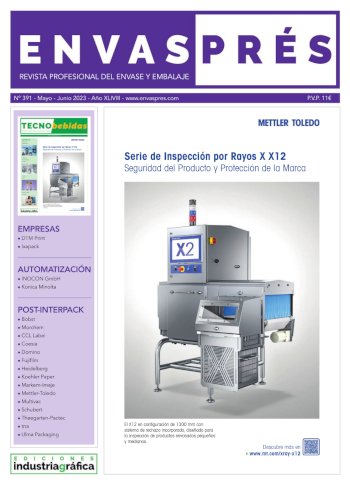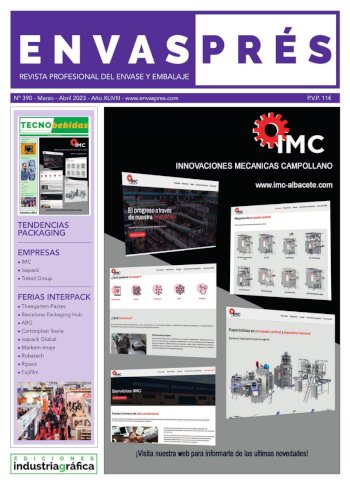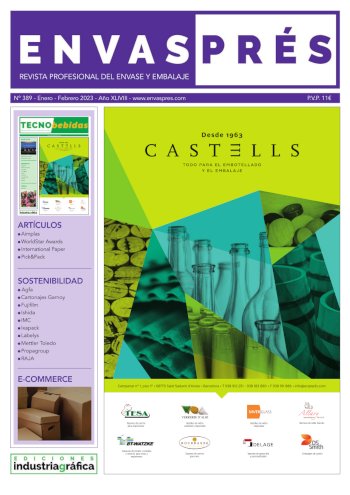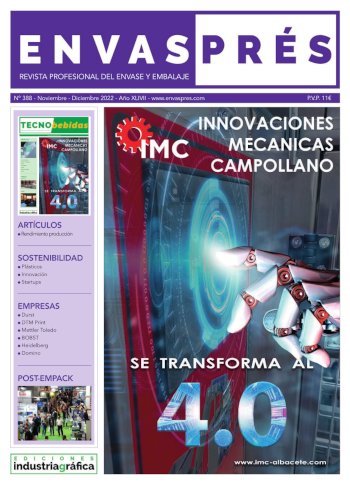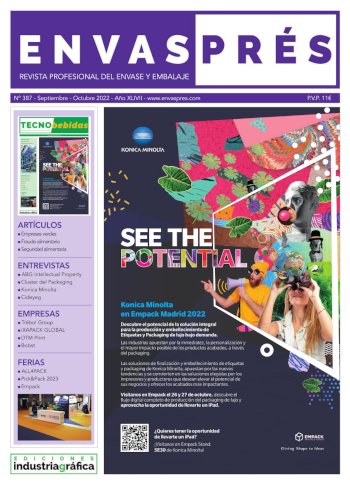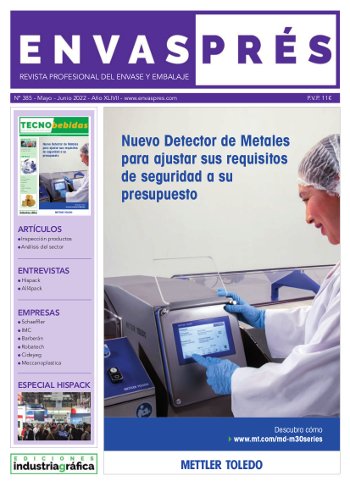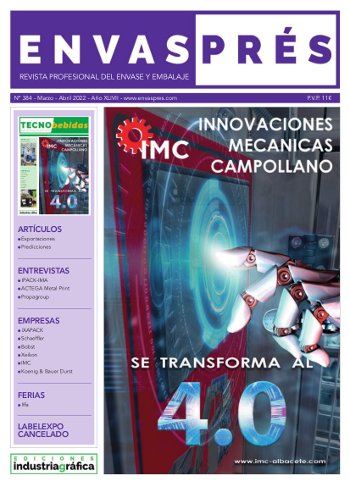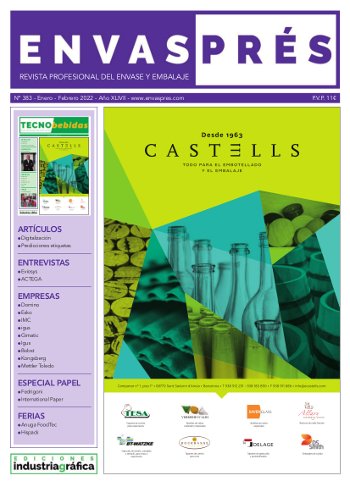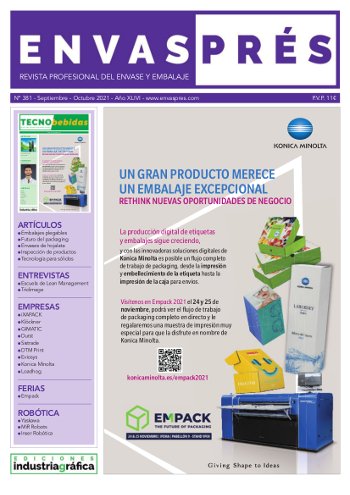Hundreds of Millions of labels to be destroyed following last minute change in wine labelling rules
- Publicado el 08 de Diciembre de 2023
European Commission Guidelines on new wine labelling rules published today include, just 2 weeks before the application of the new rules, a new interpretation of EU law impacting how labels would need to look like. The European Committee of Wine Companies (Comité Vins – CEEV) calls for an urgent modification of the Guidelines to avoid the destruction of hundreds of millions of wine labels already printed or present on shelves.
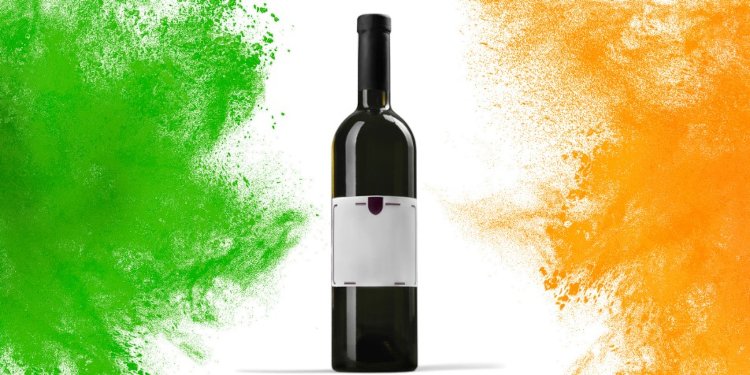
Regulation (EU) 2021/2117 published on 6 December 2021, requires as from 8 December 2023, the compulsory labelling of the list of ingredients and the nutrition declaration of wines and aromatized wine products. However, the legislation gives to producers the option of making the full nutrition declaration and the list of ingredients available by electronic means (e-labels).
Companies welcomed this new regulation that provided an adapted way to inform consumers and were strongly committed to implement it rapidly. “Considering the long lead times necessary to prepare the information, modify the design of the labels and print them, EU wine companies started preparing themselves many months ago to meet the deadline. We estimate that today several hundred million labels have already been printed, many of them already on shelves” explained Mauricio González Gordon, President of CEEV.
In good faith and in compliance with Regulation (EU) 2021/2117 and with all official information available, a large majority of wine operators decided to identify the QR-codes with the registered ISO 2760 symbol which is universally known for identifying a place where information may be found.
But today the Commission published its Guidelines which contains a new interpretation of the wine CMO regulation stating that the presentation of a QR code should be clear for the consumers regarding its content, that the QR-code is to be identified on the label with the term “ingredients” and adding uncertainty regarding the linguistic regime to be applied.
By doing so, Commission’s new interpretation dramatically undermines the principle of legal certainty and legitimate expectation for economic operators, and ignores the political will expressed by co-legislators at the adoption of Regulation (EU) 2021/2117. The publication of the Guidelines just 2 weeks before the entry into application makes it impossible for economic operators to adapt and also ignores the principle of proportionality between free movement of goods, competitiveness and consumer’s information.
“We cannot accept a new interpretation, published 14 days before the date of application, that will imply, on the one hand, the destruction of hundreds of millions of labels already printed and, on the other, our incapacity to print new labels in time to comply with the new regulation deadline. We therefore request the Commission to urgently modify the Guidelines” added CEEV President.
Beyond the unrealistic timing to publish an interpretation affecting labelling practices, CEEV also strongly disagrees with Commission interpretation itself. In the same line, the European Parliament's Committee on Agriculture and Rural Development and several Member States (among them Spain, Italy, France and Portugal) have communicated officially their concerns to the European Commission and their support to CEEV interpretation.
“The Commission’s interpretation brings more uncertainty than anything else and leaves wine companies in the dark as of what to do now” said Ignacio Sánchez Recarte, Secretary General of CEEV.
“The interpretation is pure red tape. It goes against the spirit of the Regulation, jeopardise the Single Market for wines and disproportionately interprets the CMO and Food Information to Consumers Regulations. The interpretation erases the main advantage brought by the electronic labelling system. We are assessing all potential avenues in order to safeguard the Single Market and the interests of wine companies while providing suitable information to consumers” he added.



